Meet the man who swam through the Great Pacific Garbage Patch
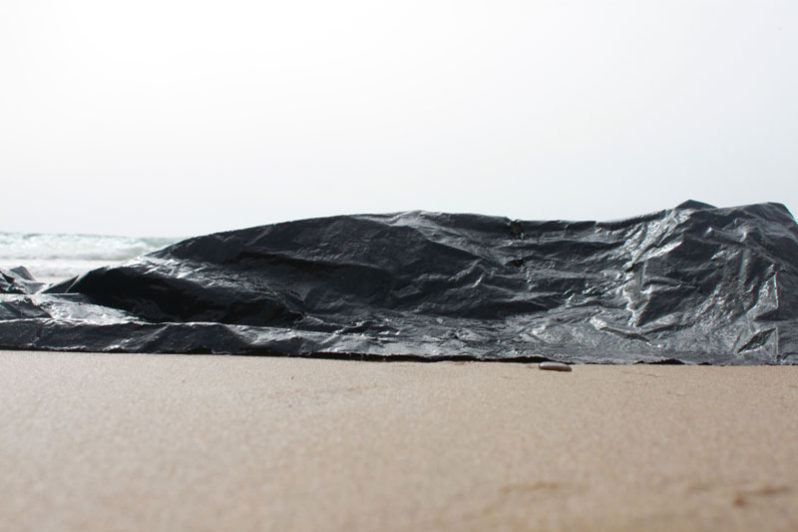
Ben Lecomte, a long-distance swimmer, swam the Great Pacific Garbage Patch from Hawaii to California to draw attention to plastic pollution. This is his Call to Earth.
Offshore drilling creates these new dangers onshore, environmental report says

Devastating oil spills of the Deepwater Horizon variety aren’t the only risk posed by expanded offshore drilling in waters off the United States, a new environmental report says.
A pipeline runs through it
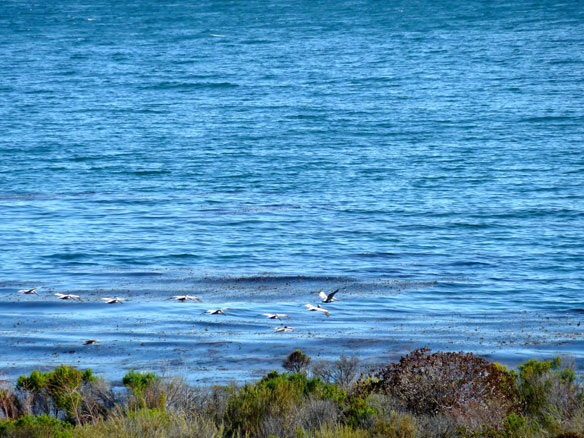
The 600-mile Atlantic Coast Pipeline could soon slice across Appalachia. If completed, the hundreds of miles of 42- and 36-inch diameter steel would carry 1.5 billion cubic feet of natural gas every day.
Bacterial communities ‘hitchhiking’ on marine plastic trash
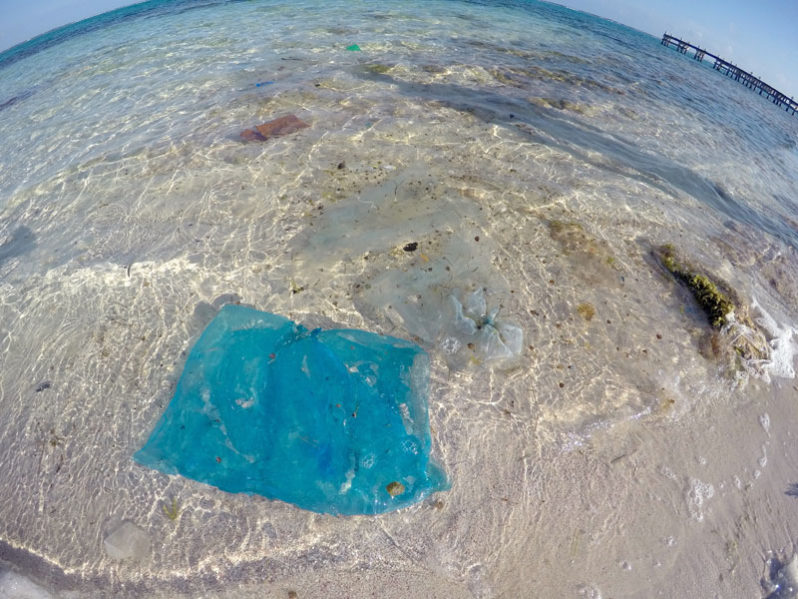
Using an innovative microscopy method, scientists have revealed the structure of the microbial communities coating microplastic trash collected from a variety of ocean sites.
The sun can help break down ocean plastic, but there’s a catch
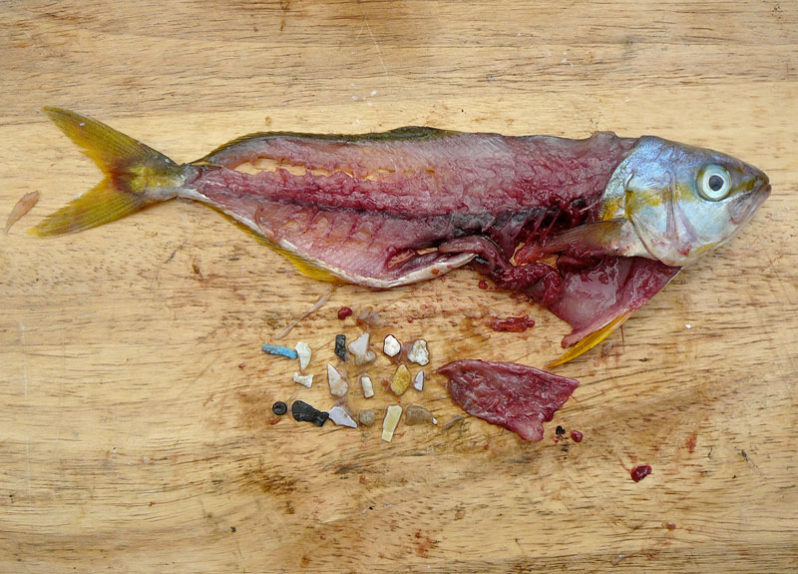
A recent study found that when four different types of post-consumer microplastics collected from the waters of the North Pacific Gyre were placed under a solar simulator, they dissolved into organic carbon, then, for the most part, munched up by marine bacteria in the water, which then likely converting it to carbon dioxide.
We’re recycling but garbage keeps piling up: What you may not know about the recycling industry
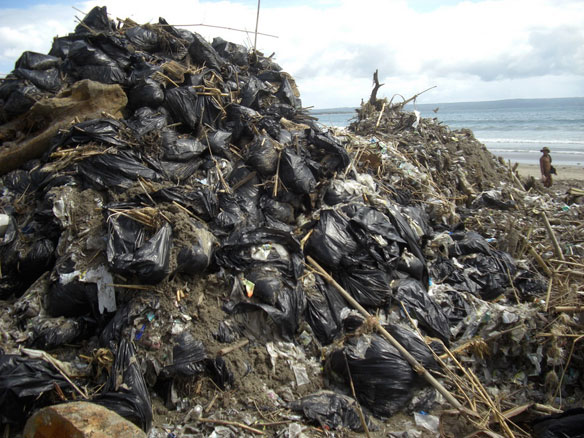
Recycling is a market-driven industry. But if there is no market for the recyclable goods, then those materials go to landfills.
How the U.S. betrayed the Marshall Islands, kindling the next nuclear disaster
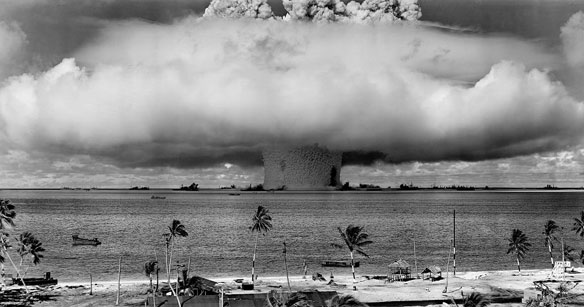
In the Marshall Islands, Runit Dome holds more than 3.1 million cubic feet — or 35 Olympic-sized swimming pools — of U.S.-produced radioactive soil and debris. Nowhere else has the United States saddled another country with so much of its nuclear waste, a product of its Cold War atomic testing program.
He’s doing the ‘dirty work’ to keep plastic out of the ocean
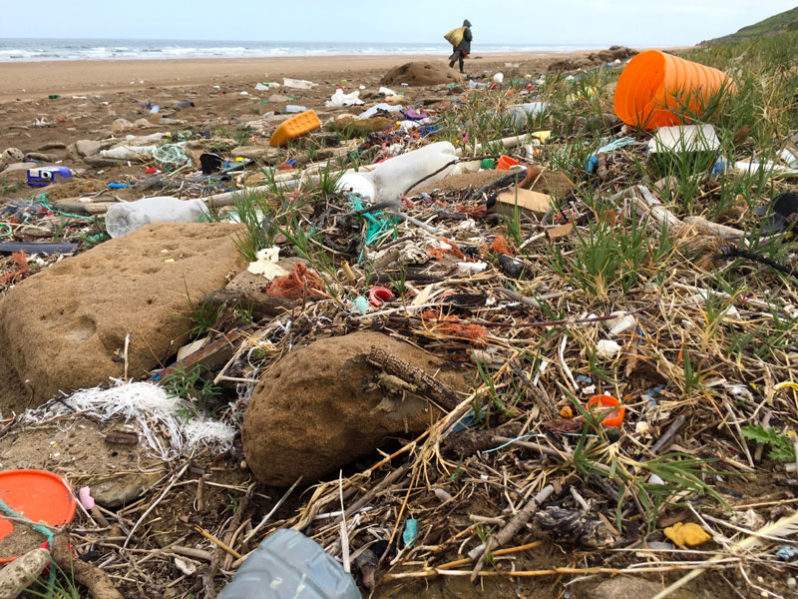
Afroz Shah, a lawyer in Mumbai, hasn’t had a weekend off in four years. But he hasn’t spent this time writing briefs or preparing for court. His mission? Saving the world’s oceans from plastic pollution.
Newly identified fish nurseries are choked with plastic
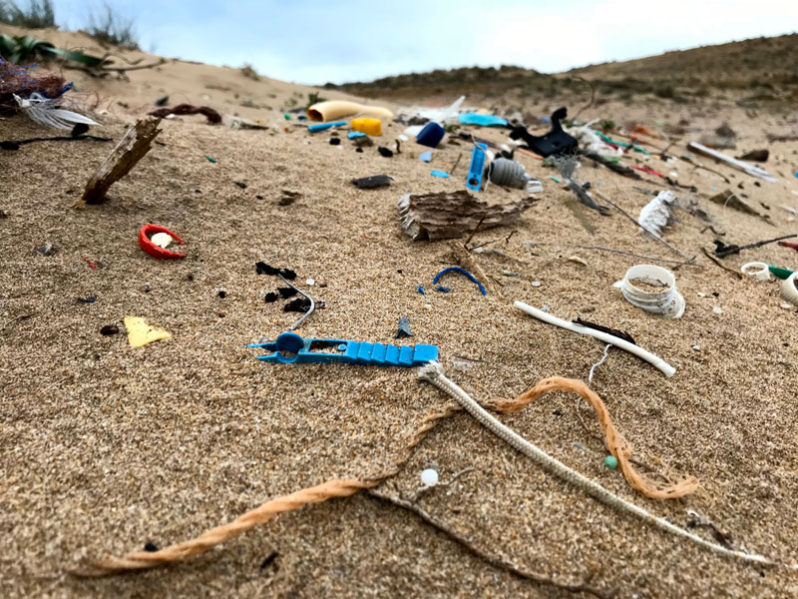
A new study reveals that it’s not just adult sea animals that are getting a gullet full of plastic. Larval fish are inundated with plastic fragments in their nursery habitats and they’re eating those pieces along with their natural food sources
